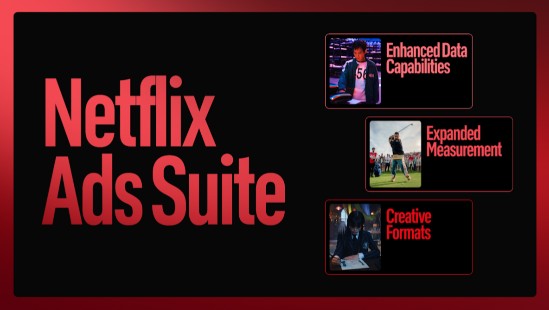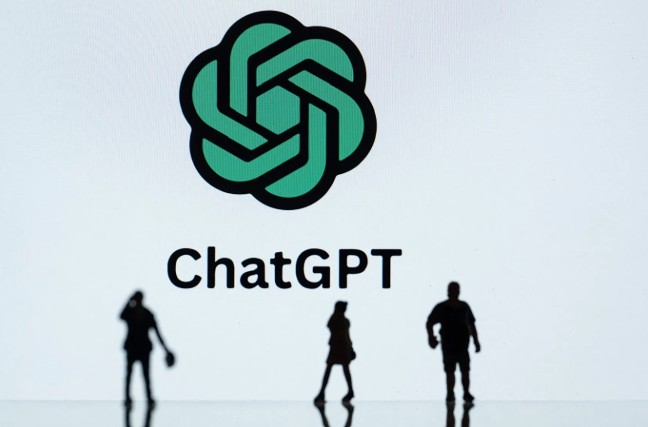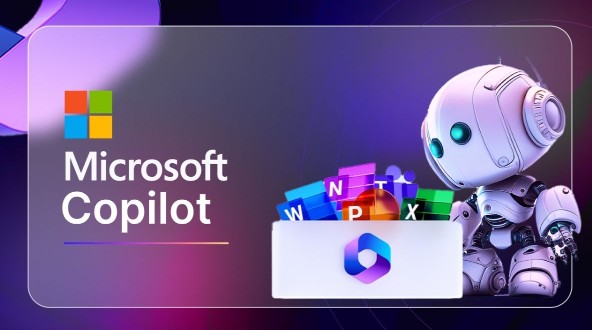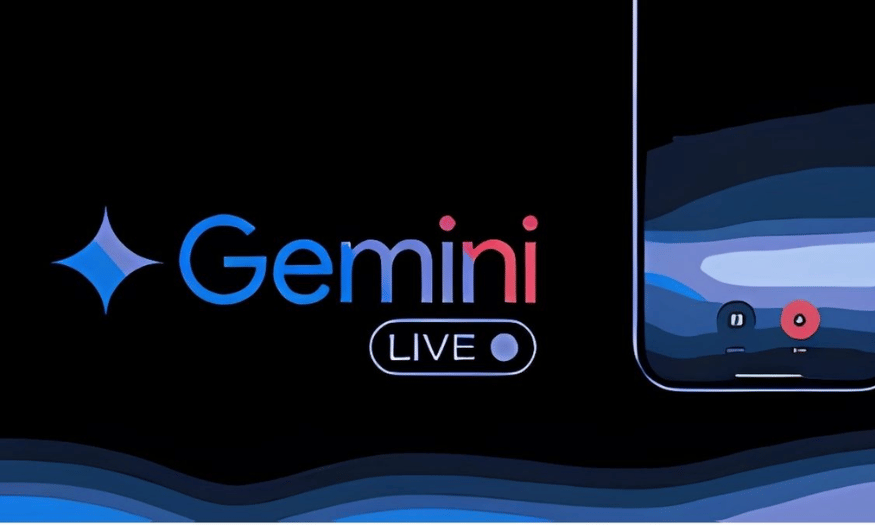Best Selling Products
OpenAI And The Big Dream: ChatGPT Becomes “The Omnipotent AI Assistant”
Nội dung
- 1. ChatGPT will no longer be a “question answering chatbot”
- 2. “T-shaped skills”: ChatGPT will be both broad and deep
- 2.1. The “horizontal” part – Helps you live easier every day
- 2.2. “Vertical” Section – Focus on Skilled Tasks
- 3. Technology behind: Multimodality, Agentic tasks and Generative UI
- 3.1. Multimodality
- 3.2. Ability to perform autonomous tasks (Agentic Tasks)
- 3.3. Generative UI
- 4. Hardware
- 5. Remaining challenges
However, according to the leaked “First Half 2025 Strategy” document, OpenAI is aiming for a much bigger vision: building ChatGPT into an “AI super assistant” capable of deeply understanding users, accompanying them in many aspects of life from personal to work, from advice to action.

In the era of rapidly developing technology, artificial intelligence (AI) is no longer just a simple support tool but is gradually becoming a companion, understanding and contributing to shaping modern lifestyle. In that context, OpenAI, a name associated with ChatGPT, is outlining an ambitious plan: turning this famous chatbot into an all-powerful AI "super assistant", supporting every aspect of human life.
This information is not just a prediction or mere promotion, but is revealed through a special situation: internal documents leaked during the legal proceedings between Google and the US Department of Justice on monopoly allegations. In which, a document called “ ChatGPT: H1 2025 Strategy ” has helped us have a clearer view of the future of ChatGPT, a future where AI is not only a search tool but also an empathetic, intelligent and flexible companion.
1. ChatGPT will no longer be a “question answering chatbot”
Since its launch in late 2022, ChatGPT has quickly become a global phenomenon. With its natural conversational capabilities, intelligent responses, and extensive knowledge, this chatbot has been applied in many fields: from academia, work, to customer care and content creation.
However, according to the leaked “First Half 2025 Strategy” document, OpenAI is aiming for a much bigger vision: building ChatGPT into an “AI super assistant” capable of deeply understanding users, accompanying them in many aspects of life from personal to work, from advice to action.
.png)
Specifically, the document emphasizes:
“We will begin to develop ChatGPT into a super assistant: an entity that understands you, understands what you care about, and is capable of assisting with any task that a smart, trustworthy, emotionally intelligent, computer-powered person can do.”
No longer a simple chatbot that responds to questions, ChatGPT is oriented to become a living digital entity that can accompany, organize, suggest and perform many tasks in daily life on behalf of users.
2. “T-shaped skills”: ChatGPT will be both broad and deep
In this strategy, OpenAI describes a “super assistant” as an entity with “T-shaped skills,” a concept familiar in the tech industry. This means that ChatGPT will be able to:
Have multidisciplinary knowledge (the horizontal part of the T),
Both have deep expertise in some special tasks (vertical part of the T).
2.1. The “horizontal” part – Helps you live easier every day
According to the document, the common skills that ChatGPT will undertake include:
Answer general knowledge questions
Support finding a house, contacting a lawyer
Sign up for services like gym, doctor, classes
Plan your trip
Gift suggestions and purchases
Manage work schedule, work reminders
Send emails and interact on behalf of users
.png)
ChatGPT will act as an all-powerful “virtual life assistant” where users just need to speak their needs and AI will handle the rest.
2.2. “Vertical” Section – Focus on Skilled Tasks
Not only stopping at information support, ChatGPT also aims at tasks requiring high expertise such as:
Programming from writing code, debugging errors, explaining algorithms to deploying small software systems.
Analyze data such as reading tables and charts, making preliminary judgments.
Support content creation such as blogging, video scripts, design ideas, marketing content.
The combination of broad knowledge and deep expertise makes ChatGPT an “all-in-one” tool – from personal to business support.
3. Technology behind: Multimodality, Agentic tasks and Generative UI
To realize this ambition, OpenAI is investing heavily in many foundational technologies that will help ChatGPT not only become smarter but also “act” like a real assistant.
3.1. Multimodality
One of the most important upgrades is the ability to handle multiple input formats, not just limited to text as before. Since version GPT-4o, ChatGPT can receive and analyze many different types of data:
Text: Traditional communication by questions: answering, writing content, composing emails,...
Images: Read and analyze photos of invoices, designs, product photos, charts...
Audio: Listen and respond to voice, record, live conversation...
Video (in the near future): Expected to analyze footage, combined visual-auditory content.
.jpg)
This helps ChatGPT understand more complex real-world contexts, rather than just processing plain text.
For example:
You take a photo of an ad and want ChatGPT to evaluate the layout, colors → the AI assistant can analyze the details and suggest improvements.
You upload the meeting recording → ChatGPT will transcribe, summarize the main ideas and make a to-do list.
You send a map of the area → ChatGPT can find places to eat, convenient routes, or the best places to take pictures.
This multi-modal capability makes ChatGPT more comprehensive, closer to the real world, like an assistant that is always “understanding” and sensitive to all types of data you provide.
3.2. Ability to perform autonomous tasks (Agentic Tasks)
Previously, ChatGPT mainly operated on a question-and-answer model or performed short tasks following explicit instructions from the user. However, OpenAI's goal is to overcome this limitation by turning ChatGPT into an autonomous agent that can proactively perform long-term task sequences without needing your step-by-step instructions.
.png)
For example:
You say: “I want to find an online UX design class that fits my schedule and costs under $200. Sign me up.”
→ ChatGPT will find, compare, check schedules, register for courses and send confirmation via email.
You request: “Book a flight to Da Lat this weekend, then send the information to the group in Slack and book a hotel near the center.”
→ ChatGPT will handle the entire process seamlessly – like a real personal assistant.
This capability represents the leap from “reactive AI” to “actionable AI” – from a passive chatbot to a proactive assistant that can analyze goals, plan, and take appropriate actions.
Internally, OpenAI calls this the ability to “trusted autonomous tasks” – something that GPT-4, GPT-4o models are smart enough to do at a high level, especially when combined with external tools like web browsers, calendars, email, third-party service APIs, etc.
3.3. Generative UI
Another step in OpenAI’s ambitions is to develop intelligent interactive interfaces that can generate context-specific responses. Instead of just text responses as they do today, ChatGPT will present information in visual formats that are tailored to each specific need:
Work schedule → displayed as a planning board, can be dragged and dropped, synchronized with Google Calendar.
Travel plan → presented as a timeline, with maps, booking links, restaurant information,...
Purchase recommendations → display with product images, prices, user reviews and shopping links.
Summary of work → presented as a Kanban board or checklist that can be checked off as complete.
.png)
ChatGPT's creation of an "applied" interface will make the user experience more familiar, intuitive, and easy to manipulate instead of having to read long lines of text or click on many external links.
This feature is expected to break down the barrier between ordinary users and AI technology, when anyone can communicate with ChatGPT by dragging and dropping, typing simple commands, or just saying what they want.
4. Hardware
While ChatGPT is a cloud-based AI software, OpenAI places a heavy emphasis on hardware as an essential link in the process of expanding accessibility and personalization of the technology. Because for a “super assistant” to be present and accompany every aspect of a user’s life, it cannot just live in the browser.
From partnering with Microsoft to integrate ChatGPT deeply into the Windows operating system, to the possibility of developing its own hardware devices in the future, OpenAI is showing its ambition to build a cross-platform ecosystem where ChatGPT can appear on phones, laptops, smart watches, and even home appliances. Similar to how Apple makes Siri an indispensable part of their devices, OpenAI may be aiming to bring ChatGPT “off the screen” and “to the user” in the most intuitive and convenient way.
That vision is not far off: you can call ChatGPT through your headset, have it remind you of your calendar from your smartwatch, or recommend a meal when you open your smart fridge. The right hardware, when connected and designed properly, is the key to bringing AI into the real world, making ChatGPT a living entity, ready to assist you anytime, anywhere.
5. Remaining challenges
While the prospect of an “AI super assistant” is enticing, the journey to making it a reality is fraught with both technological and ethical hurdles.
First and foremost are security and privacy issues. Once ChatGPT knows its users well enough to schedule meetings, send personalized emails, or suggest places to stay, ensuring that data isn’t misused or leaked is vital. OpenAI will need to build transparency standards, data controls, and strict privacy processes so that users feel safe letting AI “know so much about them.”
.png)
Next comes accuracy and reliability. Once ChatGPT is allowed to perform autonomous actions like booking tickets, sending documents, or contacting partners on behalf of users, the consequences of an AI making a wrong decision are much more serious than simply answering a question incorrectly. Therefore, OpenAI needs to ensure that the AI can explain its actions, take responsibility, and avoid unintended “technological accidents.”
Finally, there is the ability to truly personalize. To be a trustworthy assistant, ChatGPT needs to understand not only who you are, but also what state you are in, what you like, what you desire? an extremely complex problem if not handled with care and ethics. Personalize too little and users will feel robotic; personalize too much and users may feel tracked.
Clearly, the closer OpenAI gets to the “super assistant” model, the greater the responsibility. This is no longer a purely technological race, but a test of how a tech company can reconcile artificial intelligence and human values.
ChatGPT is entering a new chapter from question-answering chatbot to all-round super assistant. With a combination of cutting-edge technology, humanistic philosophy, and long-term vision, OpenAI has the potential to redefine the way humans interact with AI.
In a few years, we may no longer ask: “What can ChatGPT do?”, but instead:
“What should I ask ChatGPT for help with today?”
At SaDesign, we always keep a close eye on the latest technological developments, and we believe this is a strong signal that AI will not only change the way we design, but also profoundly transform the way we live, learn, and create.












































